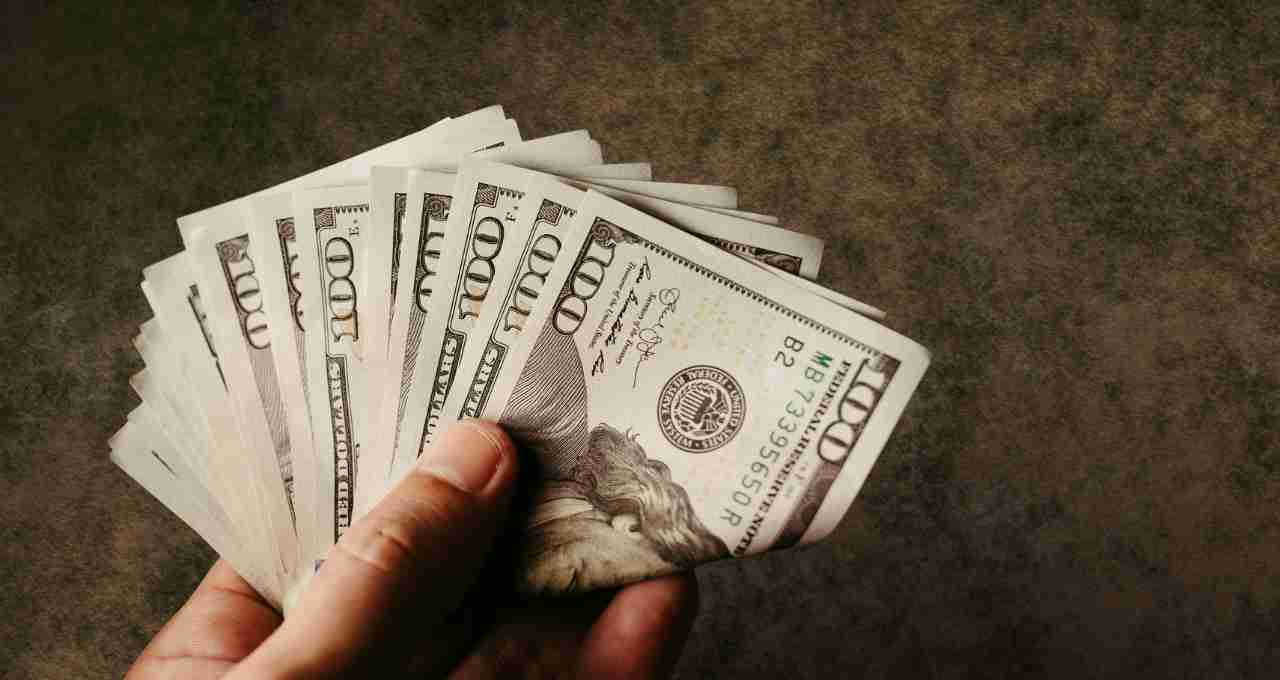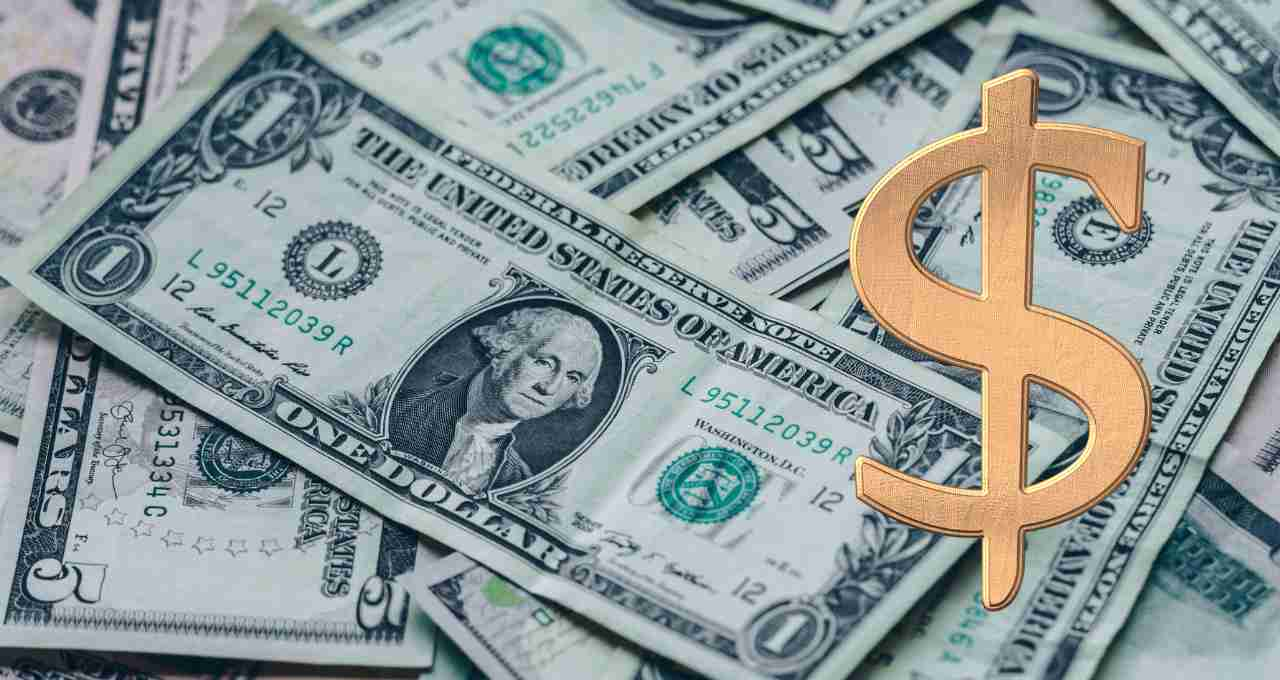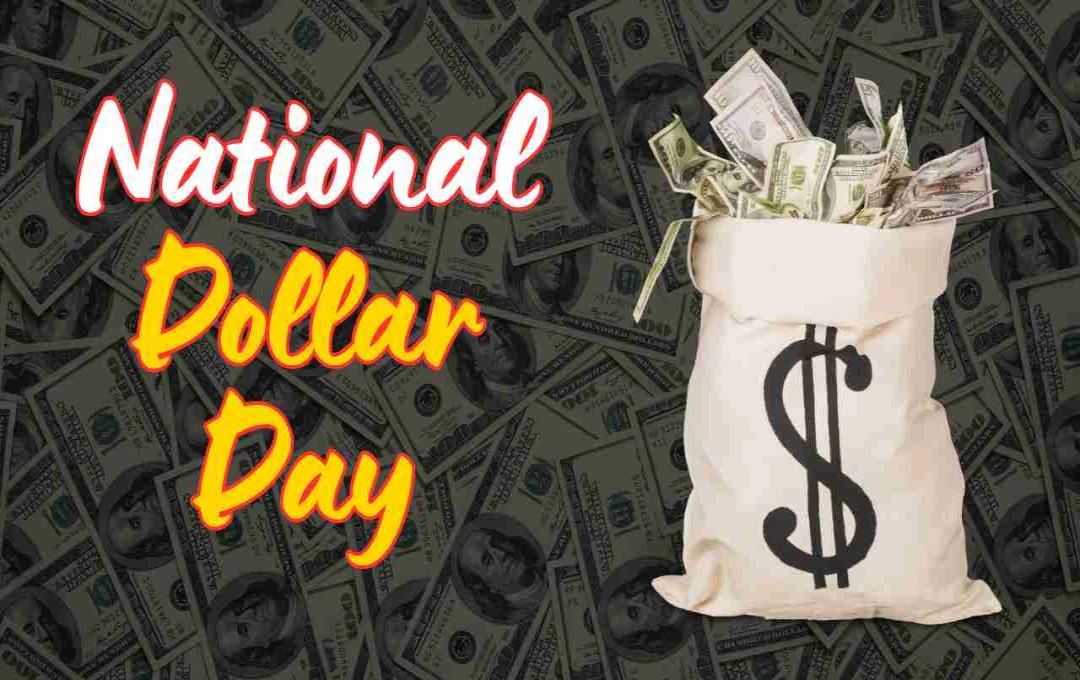When we talk about the economic strength of any country, its currency is a significant part of its identity. For the United States, that identity is the 'Dollar.' National Dollar Day is celebrated every year on August 8th to recognize this currency's historical background, economic role, and global impact.
History of Dollar Day: How Did This Day Begin?
On August 8, 1786, the American Continental Congress decided that the official currency of the United States would be the 'Dollar.' Following this, the United States Mint was established in 1792, where the first American coins were made. Initially, the dollar existed in the form of gold, silver, and copper coins. A gold dollar was equivalent to $10, a silver dollar to $1, and a copper dollar to 1/100 of a dollar, or 1 cent. Later, after about 80 years, paper dollars came into circulation, which are most commonly used today.
Why is the US Dollar Special?

Today, the US dollar is not only the official currency of the United States, but it is also the world's primary reserve currency. The US dollar holds a prominent place in international trade, oil transactions, foreign investment, and even the central banking systems of many countries. It is not just a currency, but has become a standard of global trade.
Interesting Facts Related to the Dollar
Learning about the dollar can be an interesting experience. On this special day, learn some facts that you may not have heard before:
- $10,000 Note: The highest denomination note in the United States was $10,000, which has now been removed from circulation.
- Representation of Women: To date, only one woman, Martha Washington (George Washington's wife), has appeared on American paper currency.
- Symbolism of 13: The $1 note features 13 arrows, 13 leaves, 13 stars, and 13 stripes — all of which symbolize the 13 original colonies of America.
- Lifespan of Notes: A $1 note lasts an average of 5 years, while a $100 note remains in use for approximately 18 years.
- No Presidents Initially: Early dollar notes did not feature portraits of American presidents, but rather images of Greek and Roman gods or Native American depictions.
How to Celebrate National Dollar Day?

1. Share Dollar Information
On this day, share fun facts about the dollar with friends, colleagues, or children. Post on social media or organize small events like quizzes to make people aware of its history and significance.
2. Start a Collection of Dollar Coins
If you enjoy collecting, starting a collection of dollar coins can be a great idea. For example:
- Eisenhower Dollar
- Susan B. Anthony Dollar
- Sacagawea Dollar
- Presidential Dollar Coins
- American Innovation Dollar
Many of these are limited editions and hold special value for collectors.
3. Visit the US Mint
If you are in the United States, this day is suitable for a visit to the US Mint. Currently, there are four major mints:
- Philadelphia, Pennsylvania
- Denver, Colorado
- San Francisco, California
- West Point, New York
By visiting here, you can learn how dollar coins are made and what the process of American currency is like.
4. Do a Dollar-Themed Activity
To make this day interactive with children or students, dollar-themed games, coloring activities, or shopping games using fake currency can be played. This will also increase their financial understanding.
International Significance of the Dollar
- The US dollar is considered the currency of global trade. Most international deals and agreements are done in dollars.
- Oil trade (Petrodollar) is mainly done in dollars.
- Institutions like the IMF and World Bank also transact in US dollars.
- The US dollar has a large share in the foreign exchange reserves of many countries, including India.
Challenges and Future of the Dollar
Although the US dollar is still one of the best currencies today, competition from digital currencies, cryptocurrencies, and China's currency Yuan may challenge its position in the future. Despite this, the dollar's strength still remains due to the stability of the American economy and global diplomatic influence.
National Dollar Day is not just an anniversary of a currency, but it inspires us to embrace economic education, history, and financial understanding. This day reminds us that any currency is not just a piece of paper — it contains a country's economic heritage, political strength, and cultural symbols.















